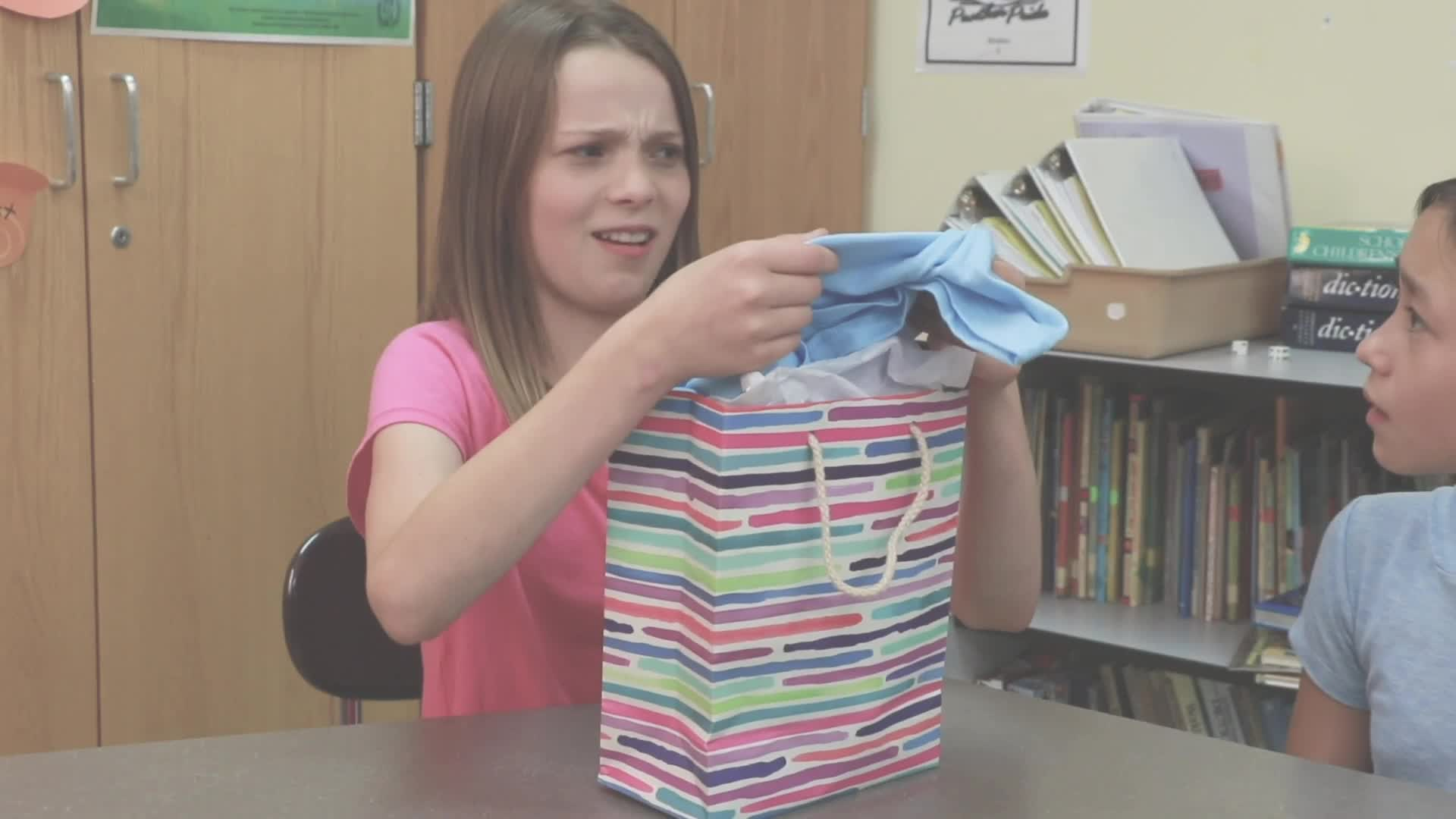
As educators, we play a crucial role in teaching students the importance of filtering their thoughts and understanding the impact of their words on others. This blog post will provide an overview of this essential skill and offer a no-prep activity, discussion questions, and related skills to help students develop their social-emotional competencies.
Introduction
There are instances where students may have thoughts that can potentially hurt others’ feelings, and it’s essential for them to learn when to keep those thoughts to themselves. By teaching students to discern between thoughts that should be shared and those that should remain unspoken, we can help them develop empathy, social awareness, and build positive relationships with their peers.
No-Prep Activity: The Thought Bubble Game
This activity requires no preparation or materials and helps students practice filtering their thoughts. To begin, have students sit in a circle. The educator will start by sharing a neutral thought, such as “The sky is blue today.” The next student will share a thought about the previous statement but must decide whether to “think it” or “say it.” If they choose to “say it,” they can share their thought out loud. If they choose to “think it,” they will remain silent and pass the turn to the next student. Continue the game until each student has had a chance to participate.
Discussion Questions
- Why is it important to consider the feelings of others before speaking our thoughts?
- Can you think of a time when someone’s words hurt your feelings? How did that make you feel?
- What strategies can you use to decide whether to “think it” or “say it” when you have a thought about someone else?
- How can filtering our thoughts improve our relationships with others?
- What are some positive ways to express our thoughts and feelings without hurting others?
Related Skills
Teaching students to filter their thoughts is just one aspect of social-emotional learning. Other relevant skills that educators can help students develop include:
- Empathy: Understanding and sharing the feelings of others.
- Active listening: Paying full attention to the speaker and showing genuine interest in what they have to say.
- Conflict resolution: Learning to address disagreements and find solutions that are mutually beneficial.
- Respect: Treating others with kindness and consideration, regardless of their differences.
- Self-awareness: Recognizing and understanding one’s own emotions, thoughts, and values.
Next Steps
Now that you have a better understanding of the importance of teaching students to filter their thoughts and some tools to help them develop this crucial skill, we encourage you to explore more social-emotional learning resources. Sign up for free samples of various skills and activities at Everyday Speech to support your students’ growth and development in this essential area.

